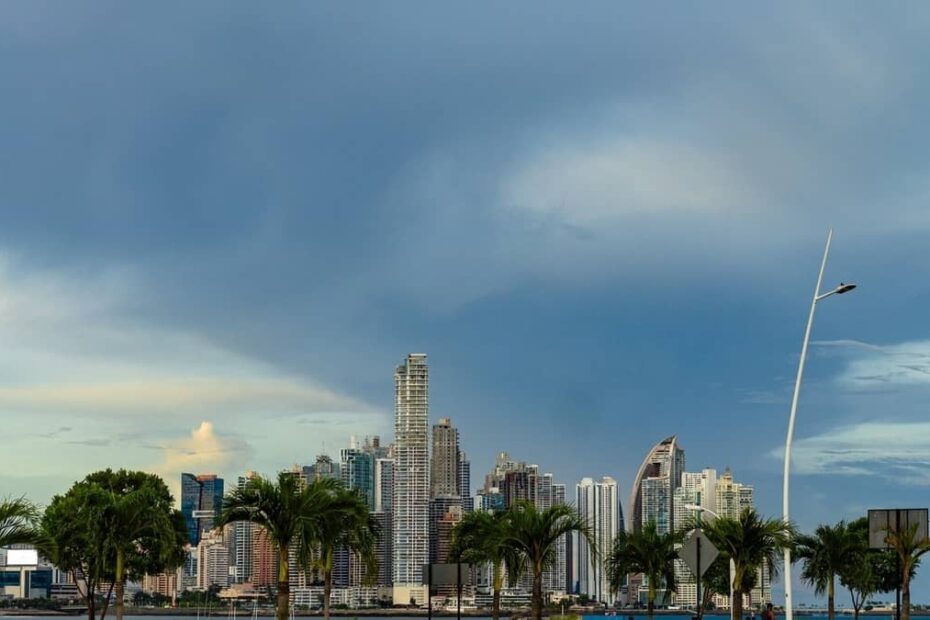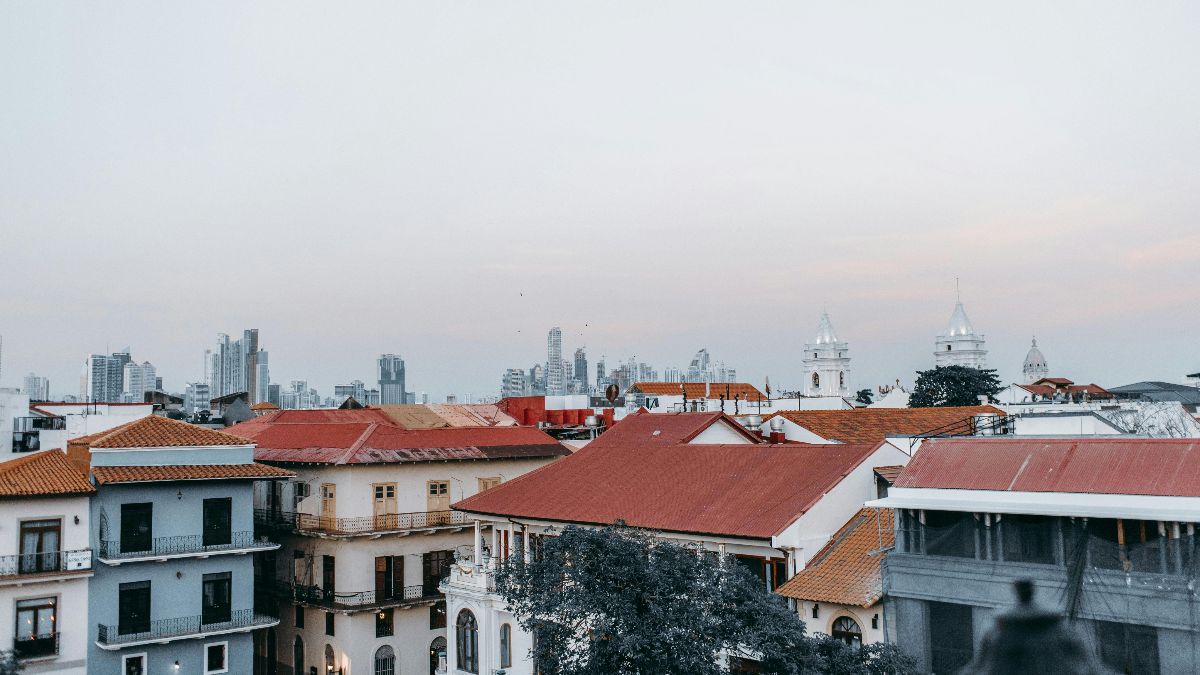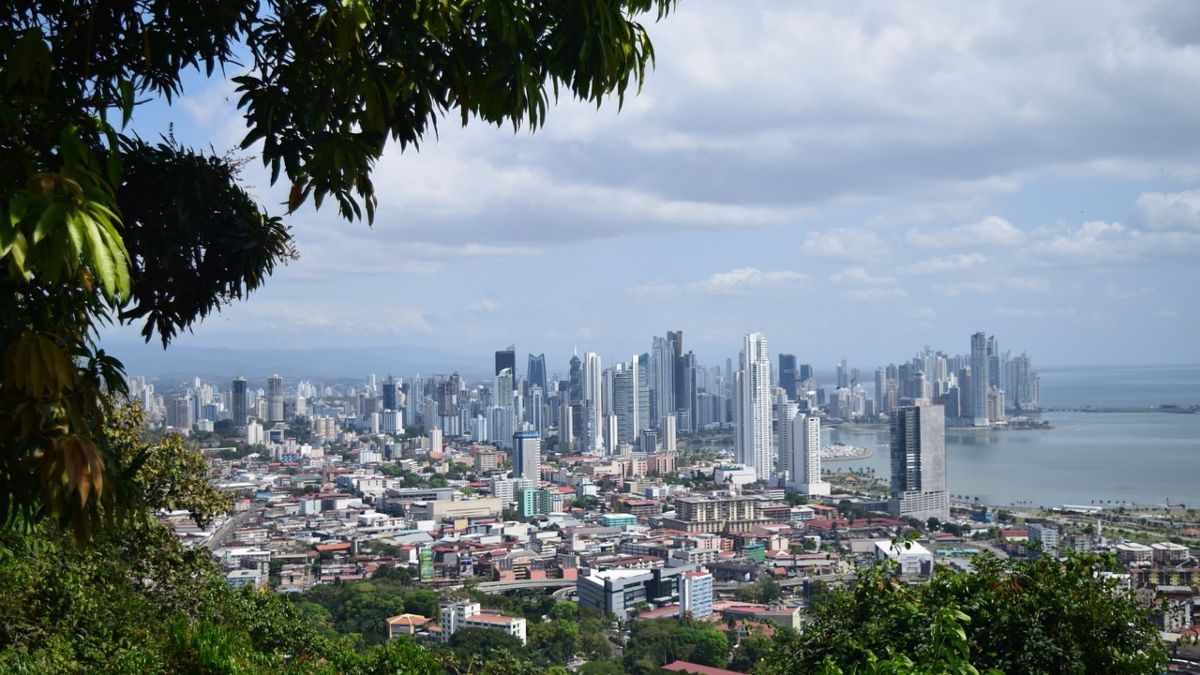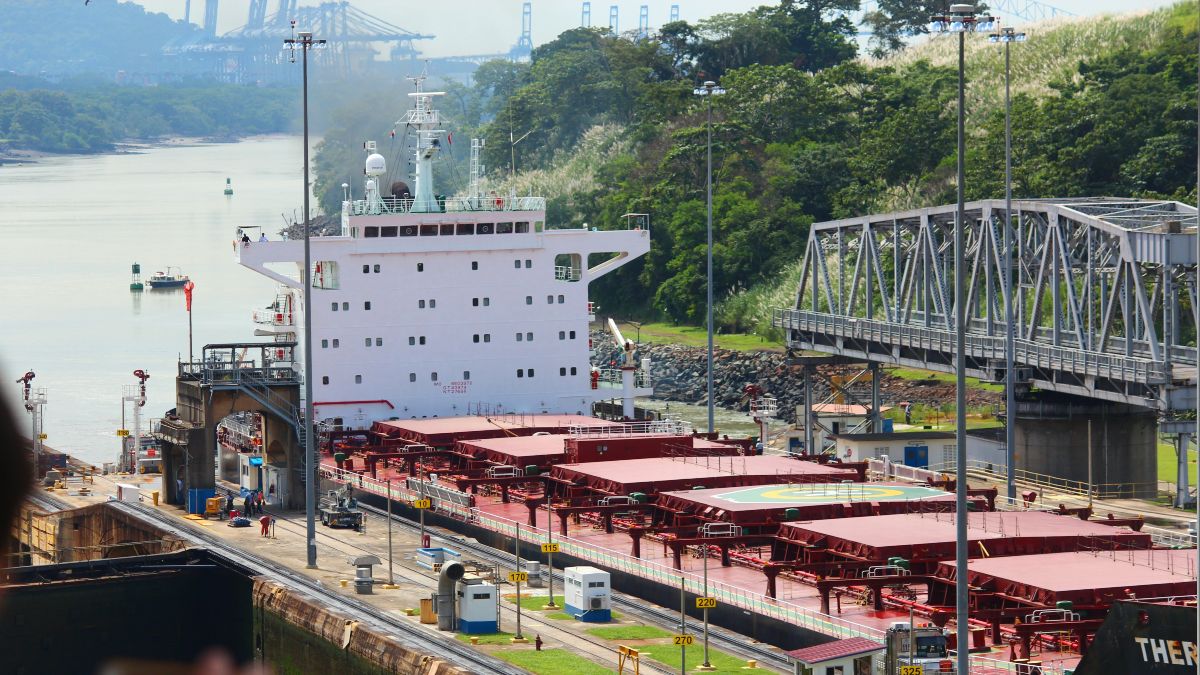Is Panama part of Central America? On a map it obviously is. But actually, it’s not that simple. This article explains why Panama is traditionally set slightly apart from its Central American neighbors to the north.
We often receive comments asking why we include Panama on this website. One or two comments like this I’d put down to simple ignorance, but they come all the time. And some of the most popular search terms regarding Panama always ask exactly where the place is. Is it Central America, South America, Florida, whatever.
But the gist of many of our comments from Central Americans is the same – Panama isn’t part of Central America and shouldn’t be part of this website.
Got me thinking, though. Is Panama part of Central America or not? Am I the one being ignorant here?
The straightforward answer is yes, of course, Panama is part of Central America. I mean, look at a map for goodness’ sake. Central America is the isthmus separating North and South America. Panama is part of that isthmus – some might say the most ‘isthmusy’ part – and so is part of Central America. Obvious, right? Well, in geographic terms, yeah. Central America starts in southern Mexico, around Oaxaca, and extends into the Yucatan. From there it runs down through Belize, Guatemala, and the other countries, ending in the jungles of the Darien where Panama and Colombia meet, and South America starts.
Not so fast, though. In geographic terms, Panama is part of Central America, sure
But what about in historic or cultural terms?
The answer there is no. And this, I’ve learned, is why people ask us why we cover Panama. My thinking the question was ignorant was ignorant in itself.
Panama, you see, used to be part of Colombia. It was Colombia until they broke away in a US-backed secession brought about because an independent Panama would be more cooperative about the Canal. And before Colombia was independent, the Spanish lumped it (including Panama) into the Viceroyalty of Peru, governed from Lima. After the Spanish divided up the vast Viceroyalty of Peru, Panama was always whatever Colombia was. In the meantime, the rest of Central America was part of the Viceroyalty of New Spain, administered from Mexico. The Captaincy General of Guatemala, an administrative division of New Spain, comprised five of the modern Central American countries (Guatemala, El Salvador, Nicaragua, Honduras, and Costa Rica).
When Central America broke free from the Spanish and became the Federal Republic of Central America, it was those five countries. A nickname for Honduras is, in fact, ‘Five-Star Country’ after the five stars on its flag representing the Central American nations. Nary a mention of Panama. And so almost two hundred years after independence, many Central Americans don’t consider Panama Central American. It’s understandable.
And on the flip side, many Panamanians don’t really consider themselves Central American. They don’t think of themselves as Colombian either, that’s for sure. More like almost citizens of the world given their geographic position as a bridge between continents. Does that make sense?
As part of Colombia, Panama never really identified with the rest of Central America, and to this day, seems more South American than Central American. At least to me. When I’m in a Colombian city like, say, Bucaramanga, I’m reminded of Panama City, yellow taxis and all.
There’s an anecdote a friend of mine uses when asked why he moved to Panama from Costa Rica
Back in the early 2000s, he took a trip to Panama City. He was living in Costa Rica at the time, so I guess he was doing a visa run or checking out business ops or whatever. Maybe he just wanted to take a quick vacation to Panama. I can’t remember, and it doesn’t matter, anyway.
Anyway, while in Panama City, like any red-blooded dude in his 20s, he decided to check out the action on his first night in town. Things got hazy but fast forward to the early hours of the morning, and my friend found himself in some sweatbox of a joint in El Chorillo (or some other area a newbie gringo like him had no business whatsoever being in) grinding away to reggaeton sandwiched between two chicas, one in front, one behind, both of them busting moves that’d make his Sunday school teacher blush. That’s when he realized, ‘man, this place is great, I gotta move here.‘ Later, back in Costa Rica, he explained over beers. That night reminded him of Rio de Janeiro, of Barranquilla, of sultry South America, of a true carnival spirit unlike he ever saw in Central America.
Central America can party, but Panama had a different vibe, at least to this gringo. To him, Panama City had a South American, also a Caribbean vibe, and in the intervening years, I’ve been there enough myself to know what he meant. You can take the Isthmus out of Colombia, but you can’t take Colombia out of the Isthmus.
It’s the South American-ness of Panama that makes me love it so much
As someone who lives in Costa Rica, Panama has a more ‘I’m abroad’ vibe than Nicaragua or Guatemala or elsewhere. Sounds odd, but it’s true. It’s like I’ve gone somewhere different, to a different continent, even though it’s only next door. I love the intrigue and the atmosphere in Panama, I love the stories of Omar Torrijos and Noriega, and the whole Graham Greene-esque vibe of the place. ‘The Path Between The Seas‘ by David McCullough is essential reading in this part of the world. Sure, I know Nicaragua, El Salvador, and the other places have their intrigue, but to me, Panama feels more exotic. It just does. Some of the best stories I’ve heard about this region have been from Panama. Maybe that’s the crux. Panama is the exotic stepbrother to the rest of Central America with a different backstory, a different upbringing. Not better, not worse, just different.
I guess it comes down to the whole ‘Centroamericao‘ and ‘America Central‘ (Central America) thing. That’s why Central Americans question all this. ‘Centroamerica‘ is the five countries – the original Central American Federation. You’ll see ‘Centroamerica‘ on license plates in all five countries, which you won’t see in Panama (or Belize – another country we get similar messages about, but that’s another story). ‘Centroamerica‘ is a political concept, a political union, while ‘America Central’ is geographic. As someone not native to the region, I never realized how huge this difference was, even after over two decades years living here. Now I do. Panama isn’t Centroamericano, but it is Central American.
So we won’t stop including Panama on this website
As long as Panama competes in the Central American Games as a member of the Central American Sports Association and is a member of UNCAF and CONCACAF, it stays. Heck, unless Panama decides to rejoin Colombia (never gonna happen), it stays. To us, Panama is Central America, the same as the other six countries. Just with a different flavor.
James Dyde is the editor of CentralAmerica.com. He lives in Escazu, Costa Rica.




